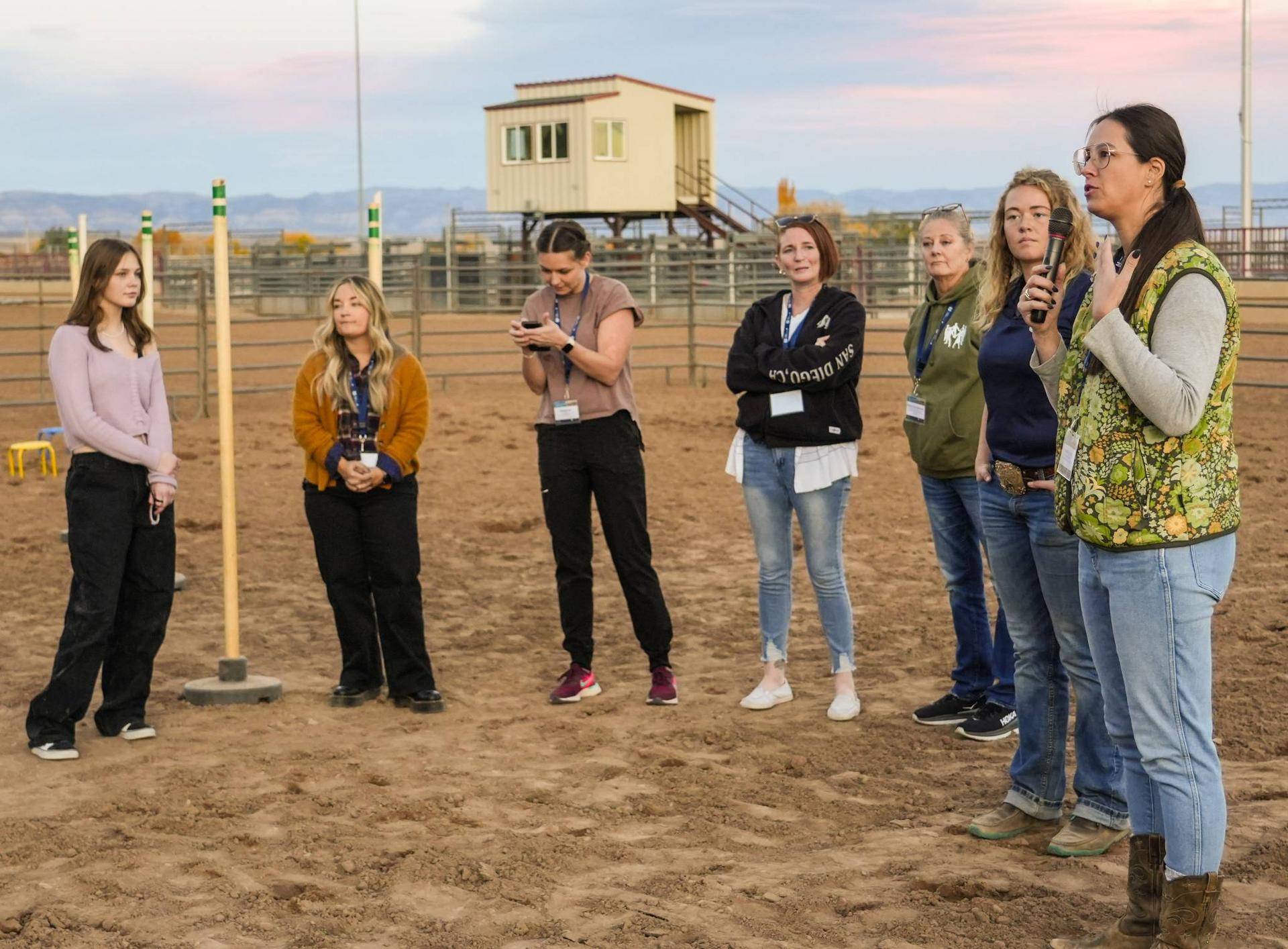By Shelby Ruud Jarman
Utah State University Extension recently hosted a wellness summit to share ideas, strategies, and best practices for addressing the opioid overdose and stimulant epidemic in rural communities.
The Health Extension: Advocacy, Research, & Teaching (HEART) Initiative, Tribal & Rural Opioid Initiative (TROI), and collaborators held the 6th Annual Rural Opioid and Stimulant Wellness Summit in Price with over 200 attendees.
The summit provided an opportunity for substance use disorder professionals, people in recovery, law enforcement, prevention specialists, first responders, clinical providers, and rural community members to discuss the ongoing opioid overdose and stimulant crisis and share updates and resources.
“Focusing on community is key in the fight for effective prevention, harm reduction, treatment and recovery services,” said Ashley Yaugher, USU Extension health and wellness faculty. “Each community has different needs, strengths and connections. By coming together, we can truly accomplish much more while reducing the stigma toward substance use disorders and inspiring hope all around us.”
This year’s theme was “Open Roads to Health & Wellness: Providing Rural Communities with Many Pathways to Build Strong and Healthy Families.” Wellness activities were incorporated throughout the agenda, including mindfulness practices, Tai Chi, progressive muscle relaxation, equine demonstrations and a tribal-centered activity.
“Wellness activities such as mindfulness are not ‘one-size-fits-all,’” Yaugher said. “There were many wellness activities incorporated into the summit so that people could experience a variety of strategies to see what fit best for them.”
The summit included a diverse lineup of speakers, including USU Extension experts, healthcare professionals, government officials and more. At the summit, it was emphasized that prevention is effective, harm reduction is evidence-based, treatment is successful and recovery is possible.
The summit included a service project where participants created over 180 wound care kits to be distributed to agencies and people in need. Additionally, the Health & Wellness Resource Expo held during the summit provided connections to real-time services and support in rural communities, leaving attendees with the tools needed to start a recovery journey.
The summit was also a chance to forge community connections, raise awareness of available and emerging resources, provide updated data trends to those working on substance use prevention and recovery, and explore new strategies to drive positive change in the community.
“Rural communities have many people who care deeply about these issues and have been personally impacted by substance use disorder,” Yaugher said. “With the tools from the summit, we can each play a role in ending the opioid overdose and stimulant crisis.”
Video recordings of the main sessions can be found on the Rural Opioid and Stimulant Wellness Summit website.

